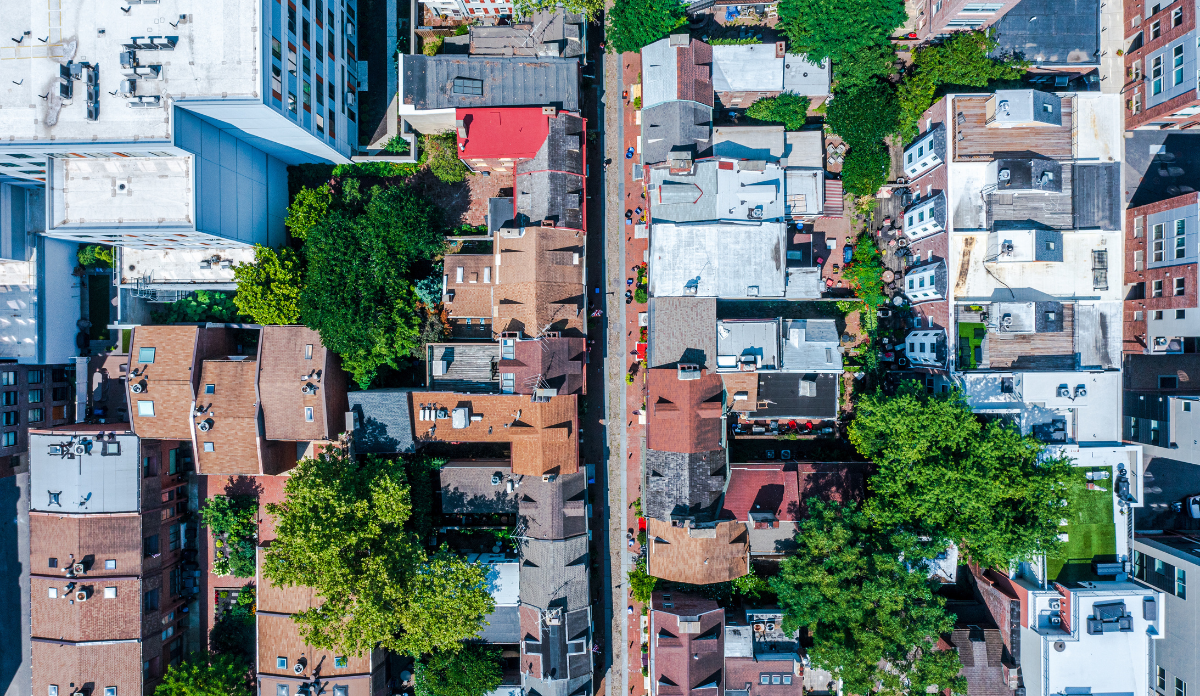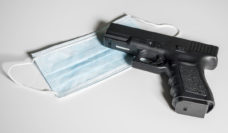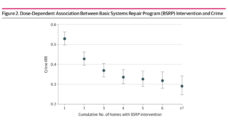“People make cities, and it is to them, not buildings, that we must fit our plans.” – Jane Jacobs
Twenty million people in the U.S. live in neighborhoods marked by high poverty. Living in a neighborhood with concentrated poverty means residing among vacant businesses and houses, amidst declining property values and high crime rates. Gun violence and higher firearm homicide rates are known to be higher in poorer communities, and policymakers suspect that guns and vacant buildings are related.
Simple improvements to the look of a neighborhood could improve neighborhood safety, but what makes a neighborhood truly livable? A study conducted in Philadelphia evaluated the effects of remediating abandoned houses from August 2018 to March 2019. Dr. Eugenia South and her team identified 63 clusters (i.e., small groups of abandoned houses and properties) made up of 258 abandoned houses and randomly assigned each cluster to one of 3 remediation conditions. The first condition involved “full fixing,” where a team installed working windows and doors, cleared away accumulated trash and overgrowth, and maintained upkeep throughout the study period. A second group involved “partial fixing,” where only overgrowth and trash were removed. In the third group, buildings were left untouched. Maintenance and clean-up on every housing cluster occurred once every 2 months, regardless of remediation condition assignment.
In the 18 months after the intervention, the study team interviewed local community members. They asked residents to talk about neighborhood gun violence (such as weapons violations, gun assaults, and shootings), illegal substance trafficking and use, public drunkenness, and overall perceived safety. The study team also examined police data for recorded weapons violations, gun assaults, and shootings in the exact locations where each remediation took place.
The researchers reported an increase in neighborhood gun violence across all three study arms over time, but the smallest increase occurred in the full remediation condition. Houses with full remediation had lower rates of local weapons violations, gun assaults, and shootings when compared to the no remediation condition, suggesting upgrades and maintenance of abandoned houses can be an effective strategy to literally change the landscape and make neighborhoods safer.
People who live in areas of concentrated poverty are surrounded by deteriorating physical environments where gun violence can thrive. National data finds increased gun sales and ownership over the past decade. So, while fixing up run-down and abandoned houses is an intervention that can help prevent gun violence, it cannot be the only answer for promoting safer neighborhoods. Broader solutions must be predicated on the people who make the community, not just the buildings where they reside.
Photo via Getty Images














